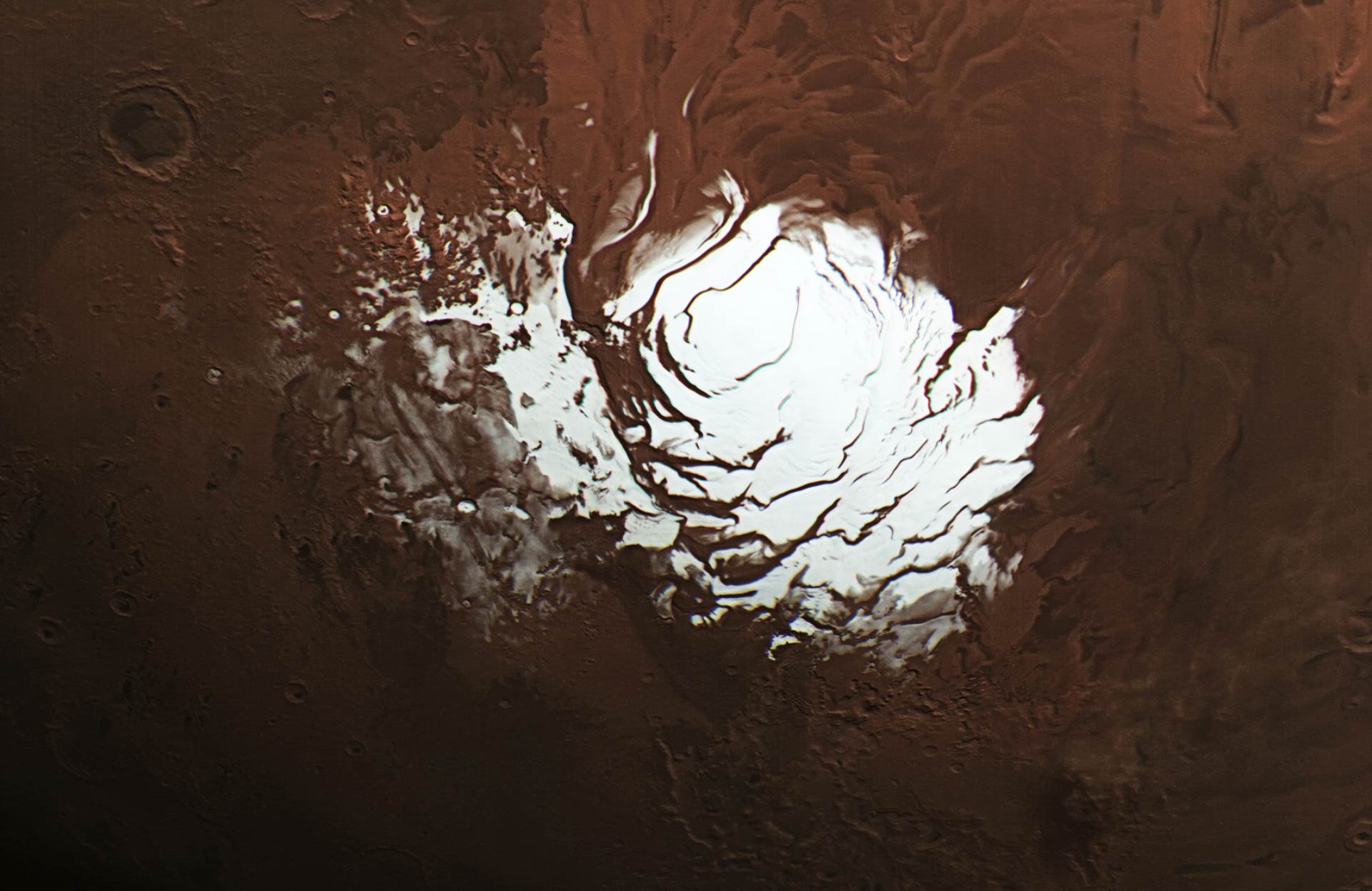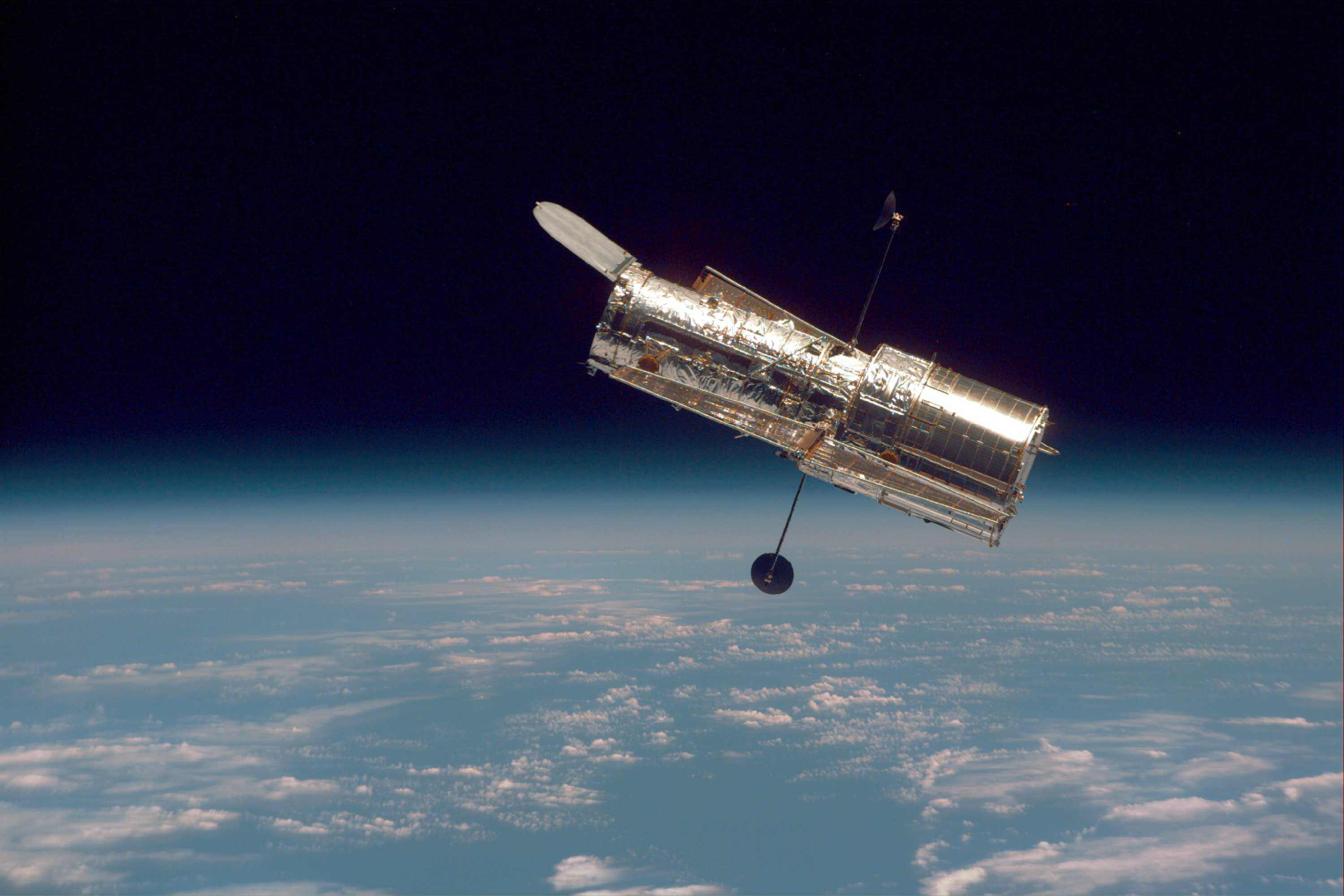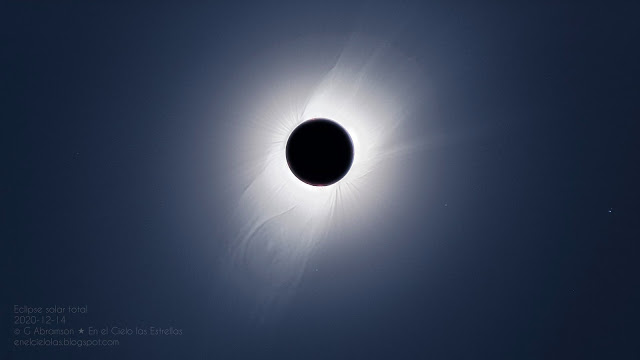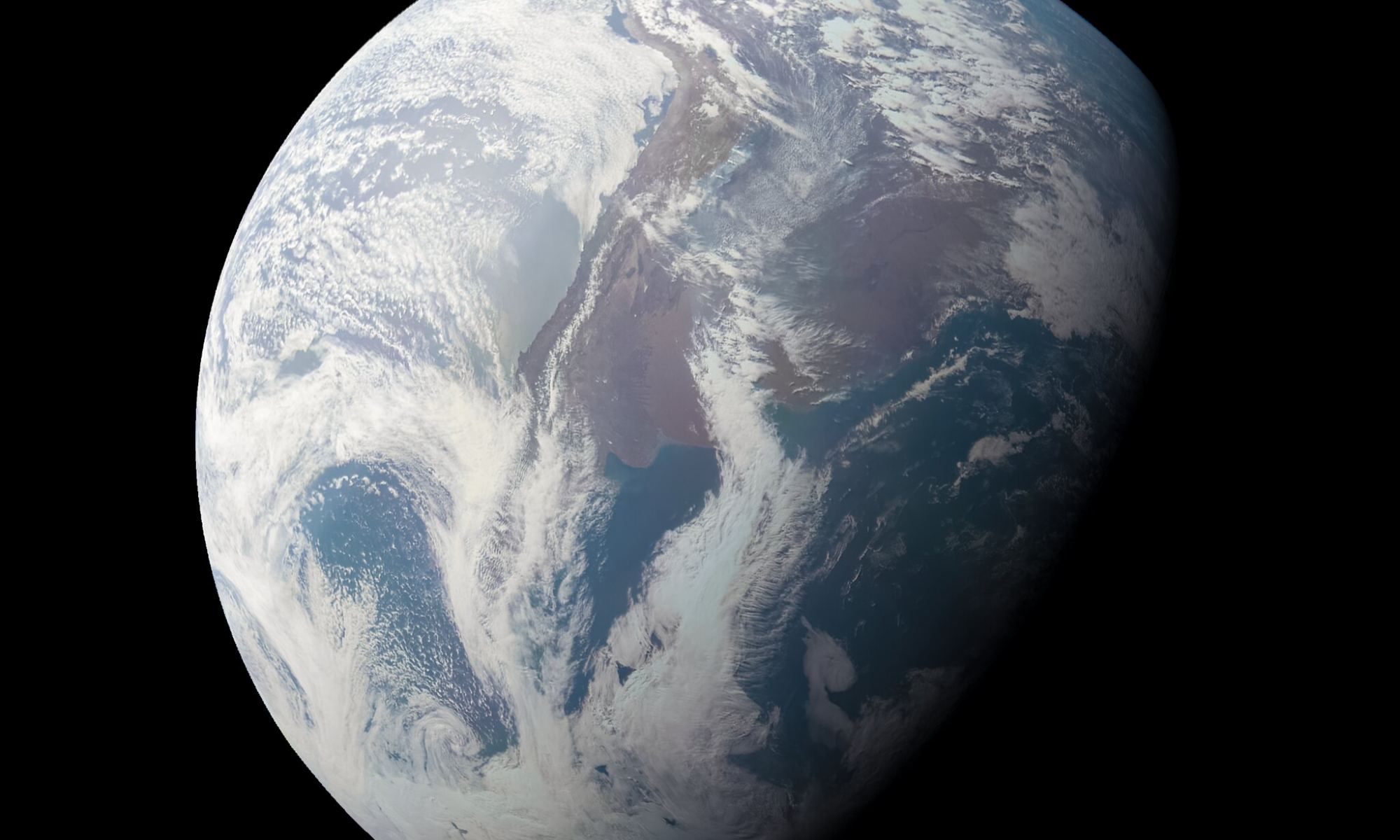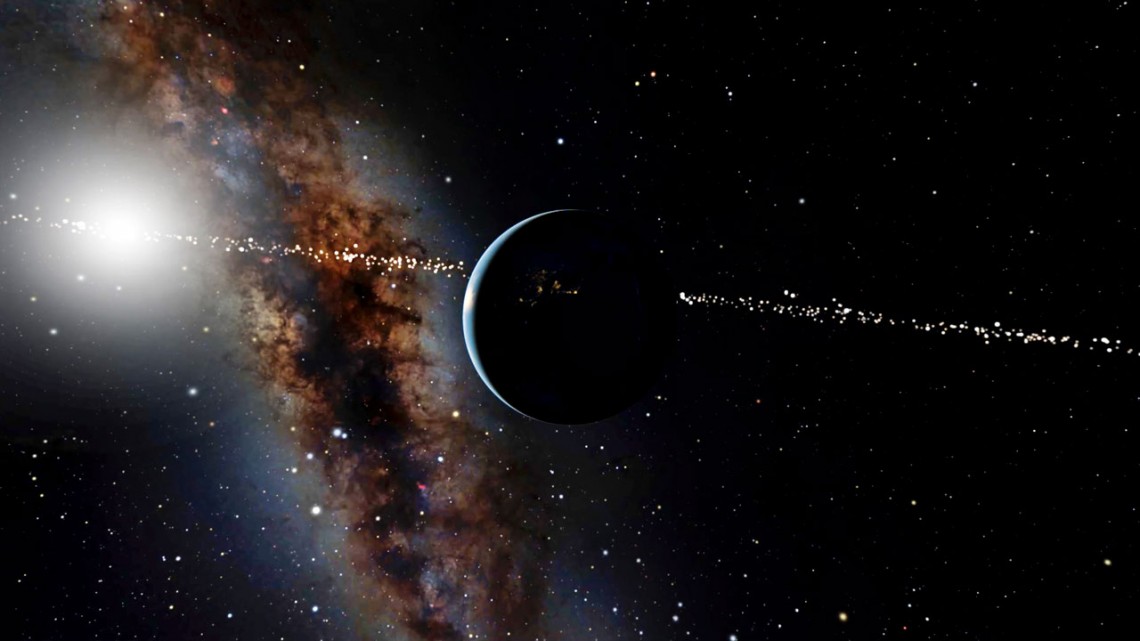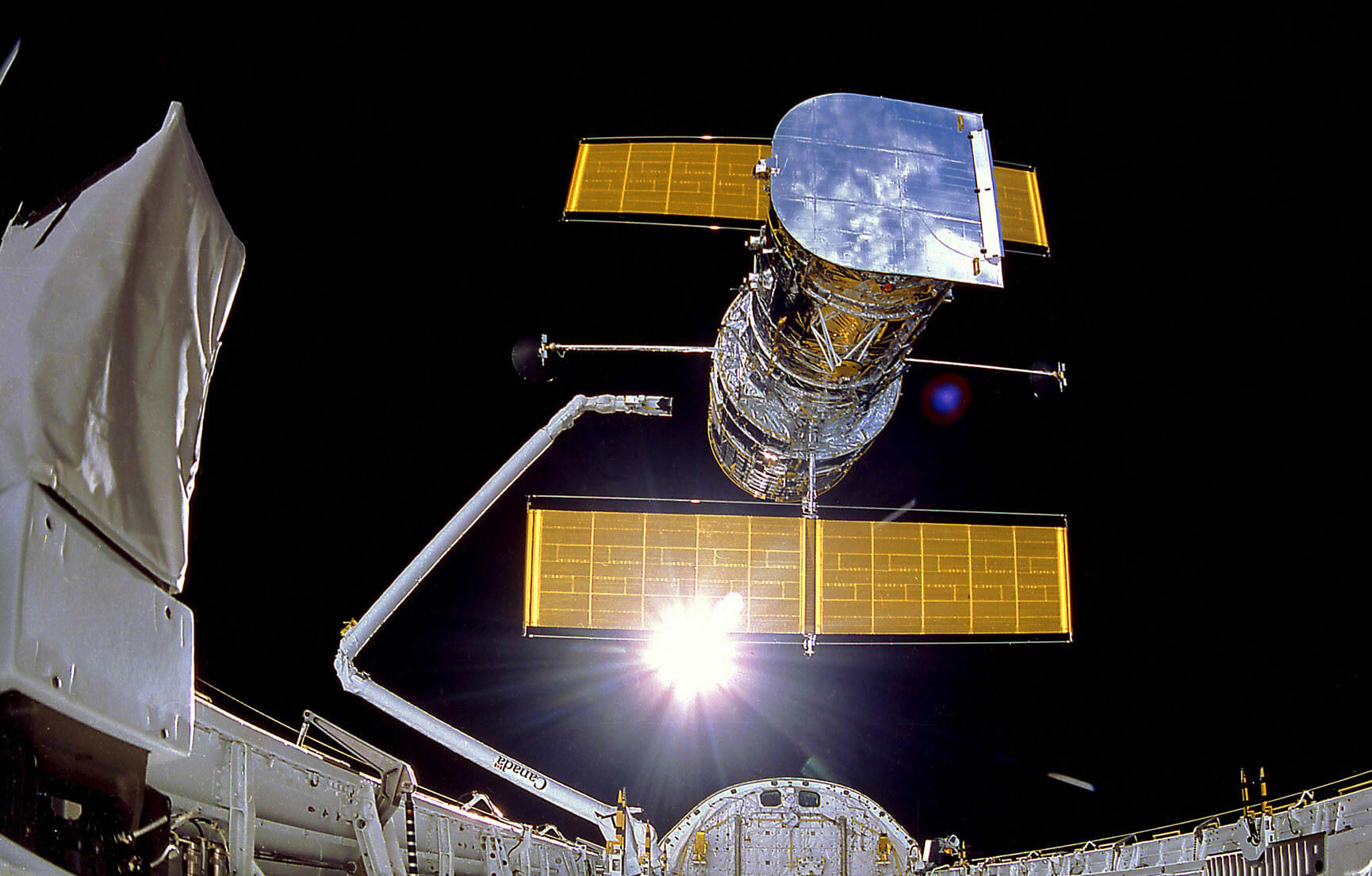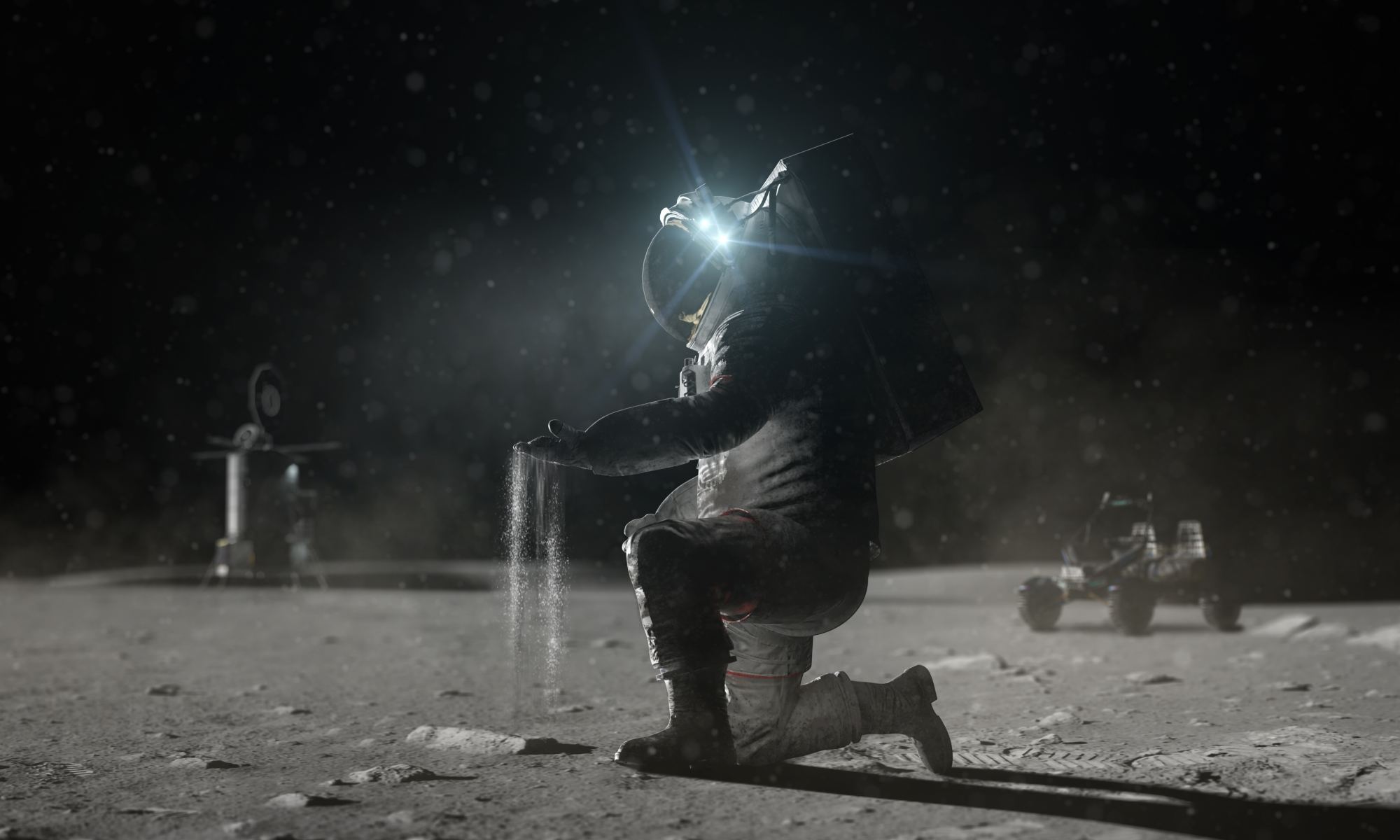Ever since 1971, when the Mariner 9 probe surveyed the surface of Mars, scientists have theorized that there might be subsurface ice beneath the southern polar ice cap on Mars. In 2004, the ESA’s Mars Express orbiter further confirmed this theory when its Mars Advanced Radar for Subsurface and Ionosphere Sounding (MARSIS) instrument detected what looked like water ice at a depth of 3.7 km (2.3 mi) beneath the surface.
These findings were very encouraging since they indicated that there could still be sources of liquid water on Mars where life could survive. Unfortunately, after reviewing the MARSIS data, a team of researchers led from Arizona State University (ASU) has proposed an alternative explanation. As they indicated in a recent study, the radar reflections could be the result of clays, metal-bearing minerals, or saline ice beneath the surface.
Continue reading “Unfortunately, There are Other Viable Explanations for the Subsurface Lakes on Mars”
